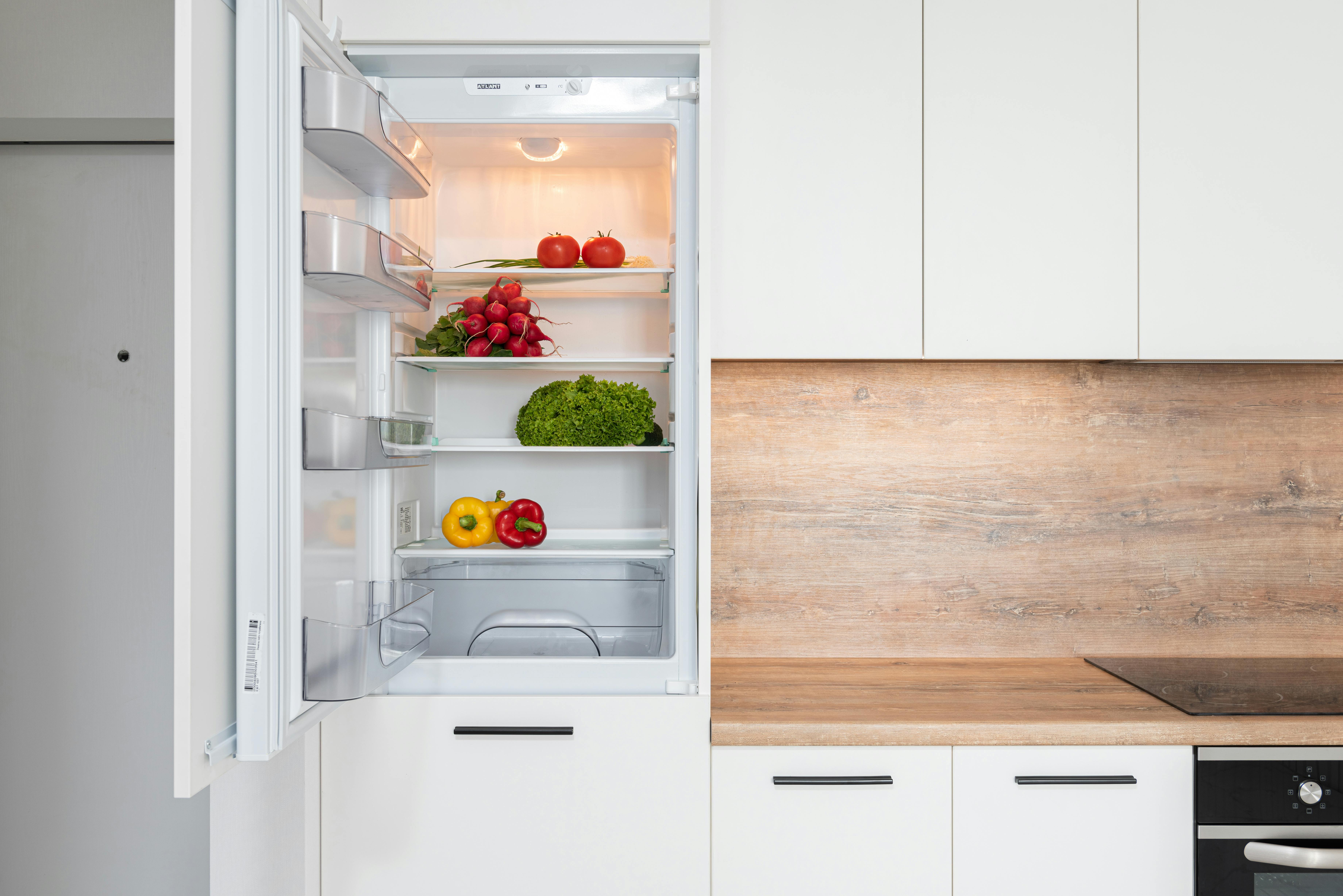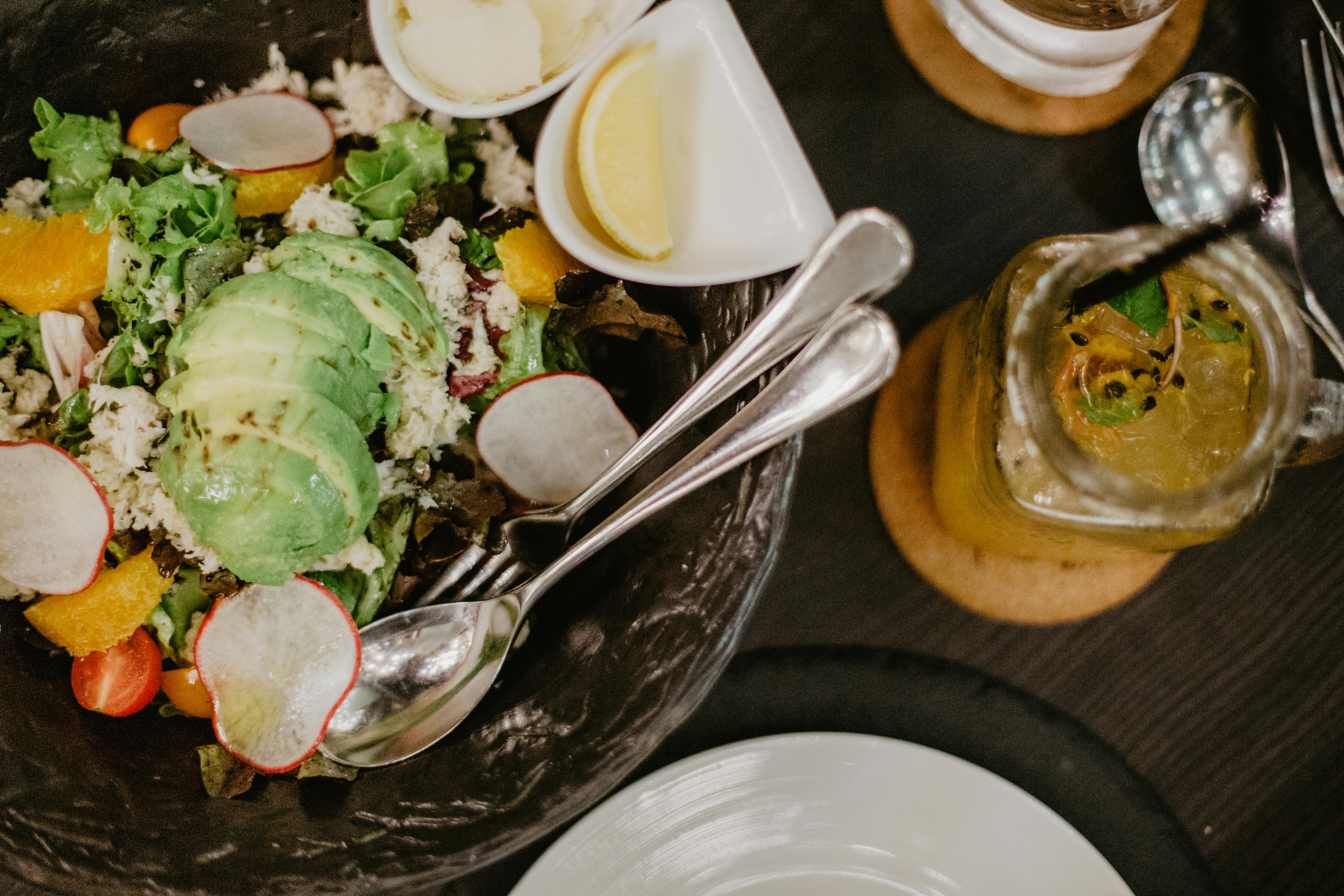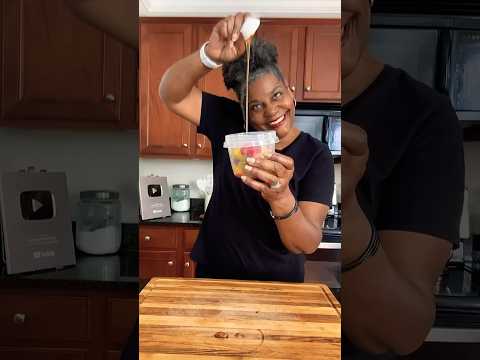Fruit salads are a delicious and healthy snack that can be enjoyed throughout the year. However, if not stored correctly, the fruit salad can spoil quickly. In this article, we will discuss how to keep your fruit salad fresh in the fridge. We will cover the basics of prepping and storing the fruit salad properly, as well as tips on how to extend its shelf life. With this knowledge, you can enjoy your fruit salad for days after it’s been prepared.To store fruit salad in the fridge, start by washing and drying all of the fruit. Place the fruit in a large bowl and gently mix it together. Then, transfer the fruit salad to an airtight container and place it in the refrigerator. Make sure to store your fruit salad within two hours of preparation so it stays fresh. Once stored, the fruit salad should last up to five days in the refrigerator.
Prepping The Fruits Before Storing
Storing fruits correctly is essential to ensure that they stay fresh and last longer. Before putting them away, it is important to properly prepare the fruit by washing, drying and trimming the produce. This helps to reduce the risk of spoilage and keep them in optimal condition for as long as possible.
Washing is the first step in prepping the fruit for storage. It is important to wash the produce under cold running water to remove any dirt or residue that may be present. Be sure to gently scrub with a soft brush if needed, but avoid using soap or detergent as this can damage the skin of some fruits. After washing, it is important to thoroughly dry the produce with a clean cloth or paper towels before storing them away.
Trimming any bruised or damaged areas on fruits can also help extend their shelf life. This includes removing any stems, leaves or other debris that may be attached to the fruit as these can harbor bacteria and cause spoilage. Additionally, it is a good idea to cut away any brown spots on fruit such as apples or pears before storing them away as this will help prevent further damage from occurring while in storage.
Finally, some fruits require special wrapping before being stored away to ensure they remain fresh for longer periods of time. Bananas should be wrapped in plastic wrap or placed in an airtight container to slow down ripening while grapes should be placed in a plastic bag with small holes poked into it for ventilation purposes. These simple steps can help keep your fruits fresh and delicious for longer periods of time!
Choosing The Right Containers
When it comes to storage and organization, the right containers are essential. Whether you’re looking to store items in your garage, basement, shed, or attic, having the right containers will make all the difference. Not only do they help keep your items safe and secure, but they can also help you maximize your space and make it easier to find what you need. Here are some tips for choosing the right containers for your needs:
First, consider the size of your storage area. You’ll want to select containers that fit snugly into your available space without taking up too much room. If you have a lot of items to store, look for larger containers as well as smaller ones so that everything fits in properly. Additionally, pay attention to the weight capacity of each container – this is especially important if you’ll be storing heavy items.
Next, think about what types of items you’ll be storing. If you’re putting away clothes or linens, opt for breathable fabric bins instead of plastic boxes – this will help keep your fabrics fresh and prevent moisture buildup.
Finally, choose containers that are easy to access and move around. Look for ones with lids that open easily or wheels on the bottom so that they can be moved with minimal effort. Additionally, think about how often you’ll need to access certain items – if you know there will be frequent trips into specific containers then opt for ones with handles or fold-down lids so they can be opened quickly and easily.
By taking these factors into consideration when selecting storage containers, you can make sure that everything is kept safe and organized while making it easy to find what you need when needed. With the right containers in place, organizing and storing all of your belongings has never been simpler!
Checking The Temperature Of The Fridge
It is important to keep your refrigerator at the right temperature in order to keep food safe and fresh. An ideal temperature for a refrigerator is between 35 and 38°F. This temperature will help keep your food fresh and prevent any potential food-borne illnesses. To check the temperature of your fridge, you need to use a thermometer. A thermometer can help you determine if the temperature inside the fridge is too high or too low. If it is too high, it could lead to bacterial growth and spoilage of food. If it is too low, food may not stay fresh for as long as it should.
To use a thermometer, you should first place it in the center of the refrigerator, away from any shelves or walls. Allow the thermometer to sit for several minutes so that it can accurately measure the temperature inside the fridge. After several minutes, take a look at the reading on the thermometer and compare it to the ideal range of 35-38°F. If it is outside this range, then you may want to adjust your refrigerator’s settings accordingly in order to keep food fresh and safe.
It is also important to periodically check your refrigerator’s seals and gaskets for any signs of damage or wear and tear. This can help ensure that cold air stays inside the fridge and that hot air stays out. If there are any gaps or cracks in these seals or gaskets, then hot air could be entering into your fridge and affecting its internal temperature. This could lead to food spoilage or bacterial growth if not addressed promptly.
Overall, checking your refrigerator’s temperature on a regular basis can help ensure that your food stays safe and fresh for as long as possible. It is also important to periodically check for any signs of damage or wear and tear on seals and gaskets in order to make sure cold air stays in and hot air stays out. Taking these steps will help you get the most out of your refrigerator while keeping food safe for consumption!
Adding An Acidic Element To The Salad
Adding an acidic element to a salad can be a great way to add some extra flavor and texture. It can also help to balance out the flavors of the other ingredients in the salad. A popular example is adding lemon juice or vinegar to a salad. This adds a tart, tangy flavor that complements the other flavors in the dish. It also helps to cut through any richness that may be present in a dressing or other ingredients. Adding an acidic element can also add some texture to a salad, as acids tend to be more viscous than other ingredients.
Another way to add an acidic element is by using pickled vegetables such as onions, cucumbers, or peppers. These pickled vegetables will bring a tartness and crunchy texture to the salad while adding some extra flavor. They can also be used as toppings on salads or as an ingredient within them. Other acidic elements such as capers, olives, and anchovies can also be used for added flavor and texture, though they should be used sparingly as they can easily overpower other flavors in the dish.
Adding an acidic element is an easy way to give your salads an extra boost of flavor and texture without having to add too many additional ingredients. It’s important to keep in mind that too much acidity can overpower other flavors in the dish so it’s best to use it sparingly and let the other ingredients shine through.

Separating Juicy Fruits From Drier Ones
Separating juicy fruits from drier ones can be a tricky task. It requires careful selection and precise knowledge of the type of fruit you are dealing with. To begin, it is important to know what kind of fruit you are looking for. Some fruits, such as apples and oranges, are juicier than others, such as grapes and bananas. Knowing the difference between these will help you make the appropriate selection.
Once you have identified the type of fruit you want to separate, it is important to pay close attention to its external characteristics. For example, if you are looking for a juicy apple, it should have a shiny skin and give off a sweet smell. On the other hand, if you want a drier apple, then look for one with dull skin and no noticeable scent.
In addition to external characteristics, another factor that should be considered when separating juicy fruits from drier ones is taste. The best way to determine if a piece of fruit is ripe and juicy is by tasting it. If it tastes sweet and has a pleasant texture, then it is likely ripe enough for your needs. However, if it tastes sour or bitter or has an unpleasant texture, then it may not be ideal for your purposes.
Finally, once you have identified the type of fruit that meets your criteria for juiciness or dryness, select only the best specimens from the bunch. Make sure that they are free from bruises or other blemishes that might indicate that they are not in their prime condition anymore. By doing this simple step before separating your fruits into two categories based on their juiciness or dryness levels, you can ensure that only the freshest produce goes into each pile.
In summary, separating juicy fruits from drier ones can be done successfully by carefully examining each piece of produce and selecting only those that meet your specifications in terms of external characteristics as well as taste and texture. Once this step is completed successfully, then sorting them into two distinct piles based on their level of juiciness or dryness should be relatively easy!
Properly Storing Leftover Fruit Salad
Storing leftover fruit salad is a great way to enjoy the same delicious dish on multiple occasions. To properly store fruit salad, it is important to use an airtight container and keep it refrigerated. The container should be large enough that all of the ingredients fit without overcrowding. To keep the fruit salad fresh, make sure that any cut surfaces of the fruits and vegetables are covered with plastic wrap or aluminum foil. This will help prevent oxidation and discoloration. The fruit salad should also be eaten within a few days of storing it for optimal flavor and freshness.
It is also important to consider which ingredients are used in the fruit salad. For example, dairy products such as yogurt or sour cream can quickly spoil if not stored correctly. Make sure to use these ingredients sparingly in your fruit salads and store them separately if possible. Additionally, some fruits such as bananas will quickly brown after they are cut if not stored properly; be sure to cover these pieces with plastic wrap or aluminum foil before storing them in the refrigerator.
Finally, it is important to label your containers with the date that you prepared them so you know when they need to be consumed by. This will help you track how long your leftovers have been stored for safety purposes and ensure that you always have fresh and delicious fruit salads!
Keeping It Away From Other Foods In The Fridge
Storing food properly is key to keeping it fresh and safe to eat. That’s why it’s important to keep certain foods away from other foods in the fridge. This is especially important when storing raw meat, poultry, fish, and eggs. These foods can contain harmful bacteria that can spread to other food if they come into contact with each other.
To best store these items, keep them in a separate part of the refrigerator such as the bottom shelf or a designated drawer. If you have leftovers from one of these items, make sure to store them in a sealed container or bag and place them on the bottom shelf as well. This will help prevent contamination from raw meat juices that could drip onto other foods if placed on a higher shelf.
When shopping for groceries, be sure to separate any raw meat, poultry, fish, and eggs from other items at checkout. Place these items in bags or containers that are easily washable so you can avoid cross-contamination when bringing them home. Once at home, place these items in designated areas within your refrigerator and make sure to mark storage areas with labels so that everyone knows what foods go where.
By taking small steps like this when storing food in your refrigerator, you can help protect yourself and your family from foodborne illnesses caused by cross-contamination between raw meats and other foods. Be sure to practice safe food handling techniques when shopping for groceries and storing food in your kitchen!

Conclusion
Fruit salad is a delicious and nutritious dish that can be enjoyed for days. Keeping it fresh in the fridge is easy as long as you follow these simple steps: rinse the fruit, remove any bruised or damaged pieces, and store in an airtight container. Make sure to enjoy the salad within a few days of making it, as the fruit will begin to brown and spoil quickly.
By following these simple steps, you can keep your fruit salad fresh in the fridge for up to a week. Enjoy your delicious and nutritious snack with confidence knowing that it was made with care and stored correctly.



